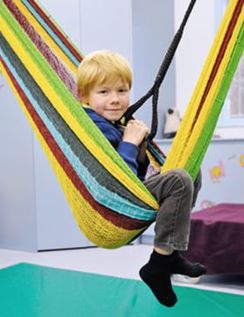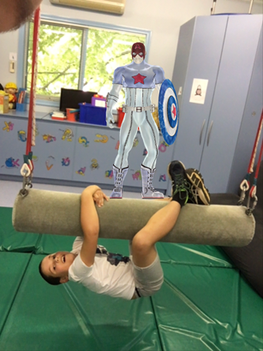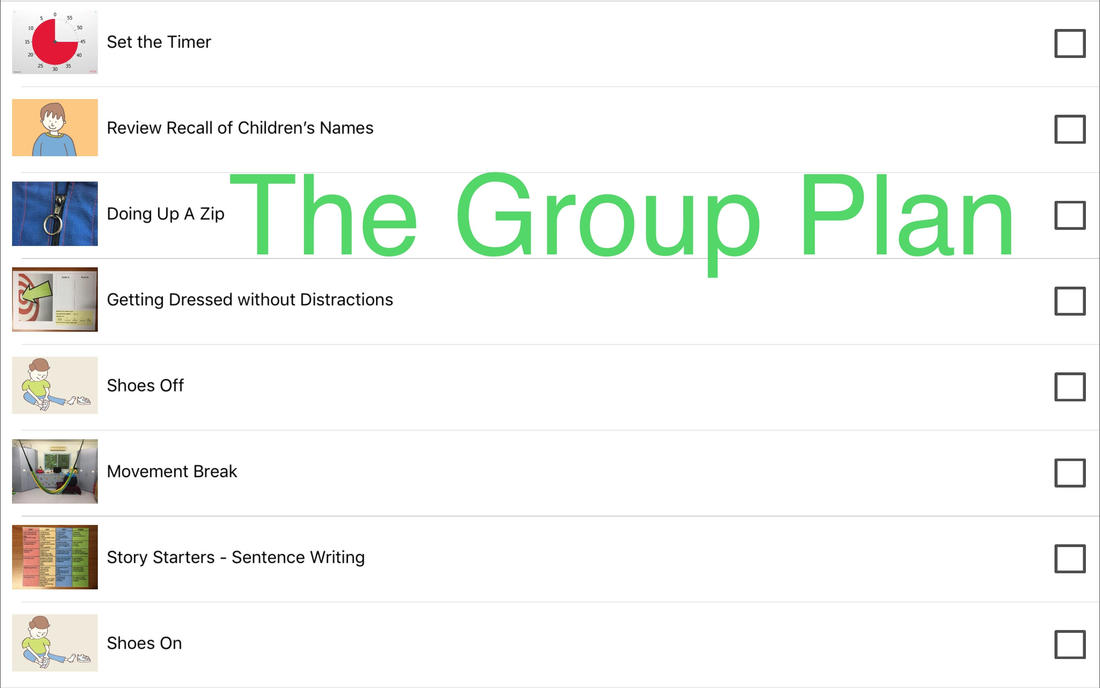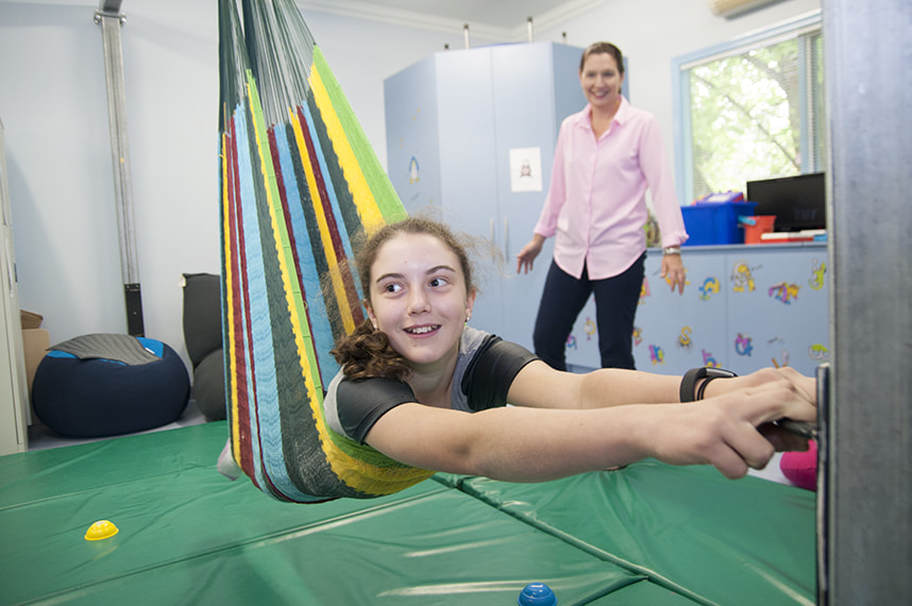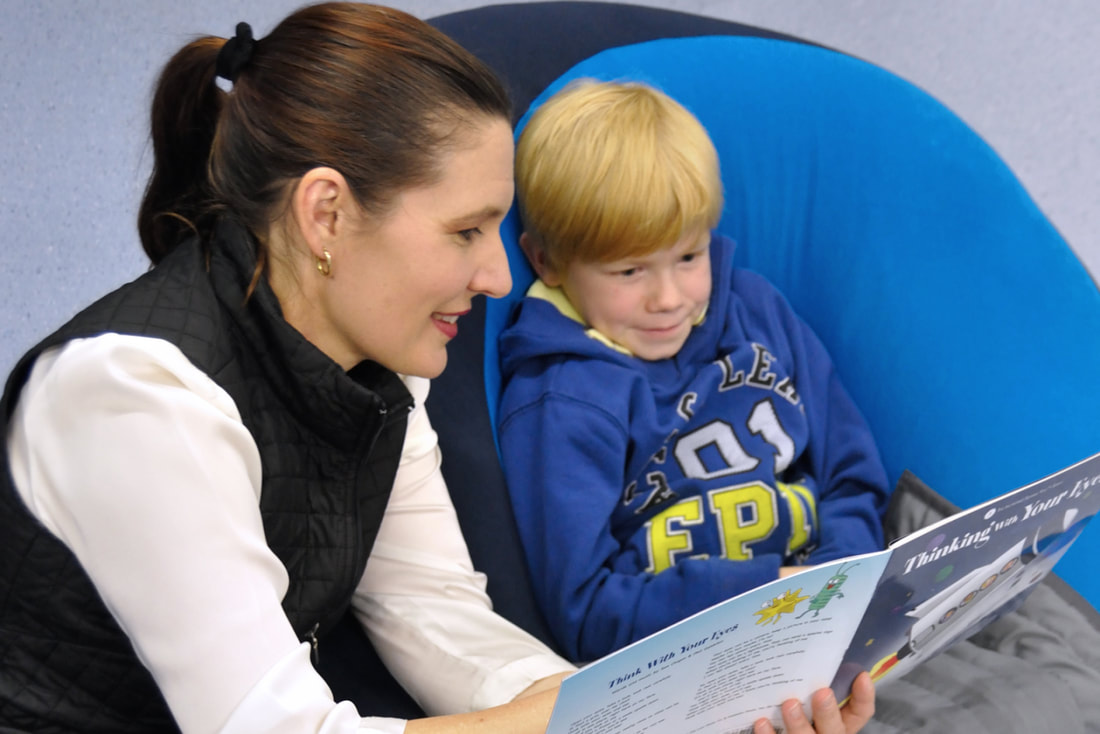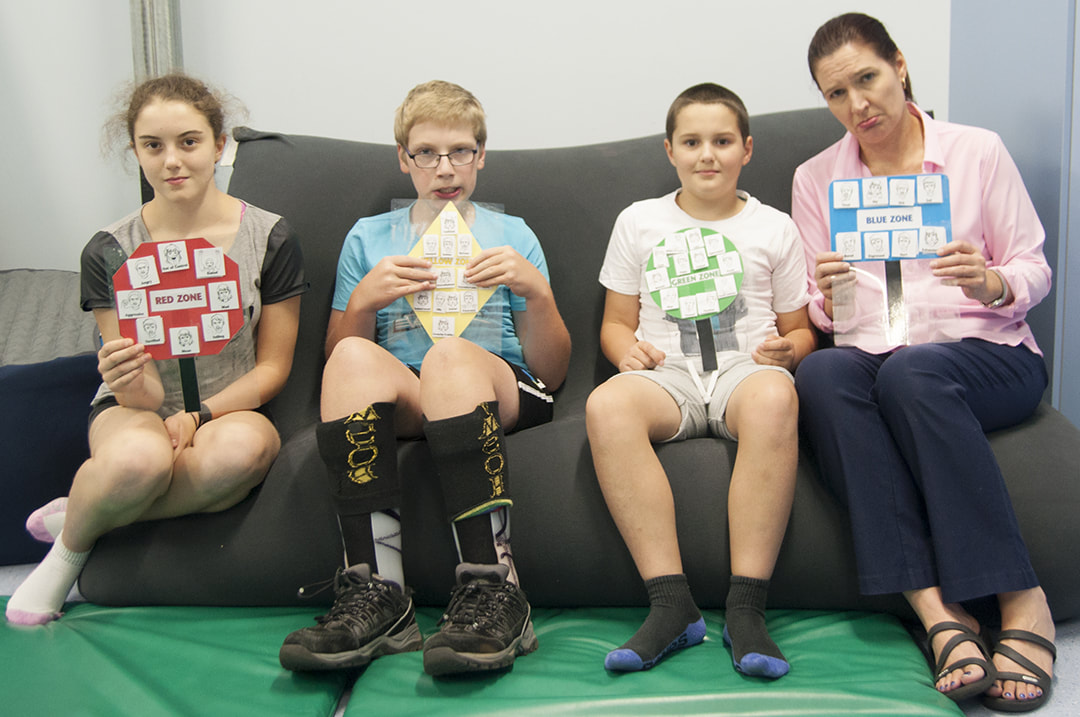Treatment
Our intervention programs are guided by existing and current evidence as much as possible to ensure positive changes occur and that the intervention works.
WHAT TO EXPECT IN THERAPY SESSIONS
|
CLIENT-FOCUSED & SKILLS SPECIFIC
We work closely with the student, the parent / carer, the student’s teacher, to identify and work on goals that are important to them.
Research tells us the more relevant the goal is for the client, and the closer it is to the actual skill being worked on (ie. task specific), the greater chance the student has in achieving that goal.
We work closely with the student, the parent / carer, the student’s teacher, to identify and work on goals that are important to them.
Research tells us the more relevant the goal is for the client, and the closer it is to the actual skill being worked on (ie. task specific), the greater chance the student has in achieving that goal.
COMMUNICATING INFORMATION TO OTHERS
|
We use Seesaw, an exciting learning journal platform, to communicate what goes on in the sessions to relevant others. Email or text notifications are sent to everyone as soon as the information from the session is posted.
Comments can also be made, which is sent directly back to the therapist for approval. Audio, videos, drawings, pictures, and uploaded files are used to share information from the session and to help enhance the student’s learning. |
|
Children love watching the videos being replayed and / or listening to their own voice. It is completely confidential and secure and can be used as a way of monitoring the child’s progress in a very visual way.

